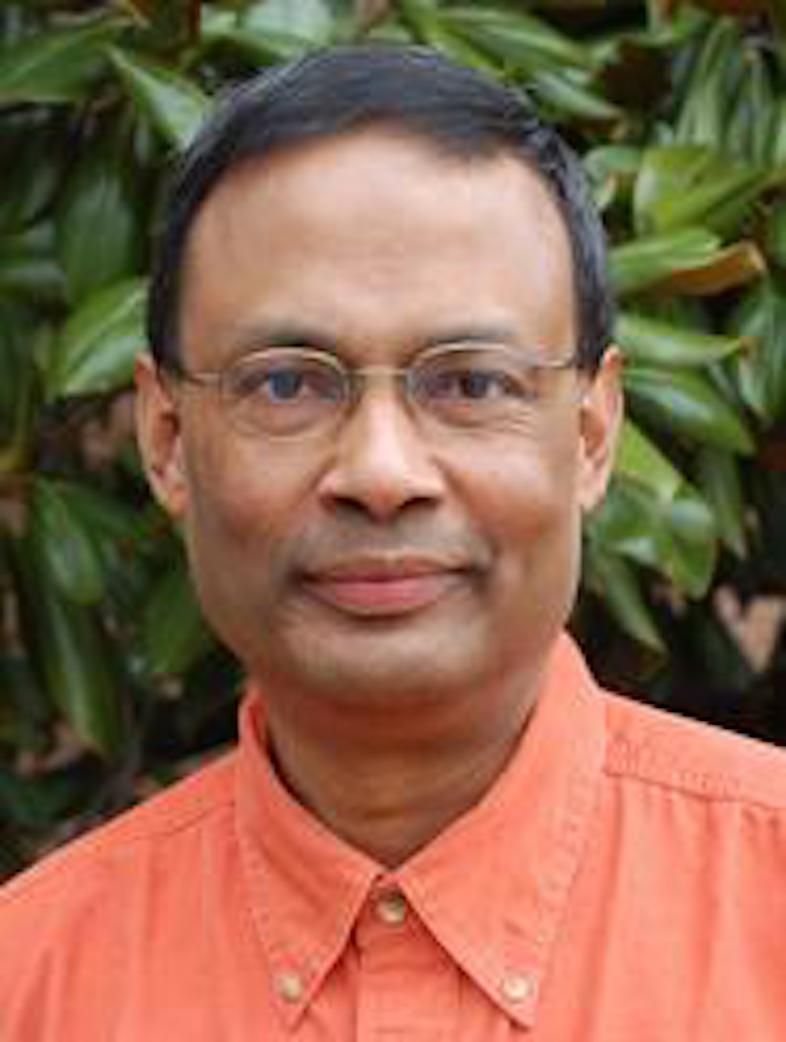Sankar Das Sarma, University of Maryland, Majorana Zero Modes: The Good, the Bad, and the Ugly?

Hosted By Microsoft Station Q
Speaker
Sankar Das Sarma
Physics
University of Maryland
Bio
Das Sarma is the Richard E. Prange Chair in Physics, a Distinguished University Professor , a Fellow of the Joint Quantum Institute (JQI), and the Director of the Condensed Matter Theory Center at the University of Maryland, College Park, where he has been on the physics faculty since 1980. Das Sarma has co-authored more than 700 articles in the Physical Review Journal series of the American Physical Society, including more than 140 publications in Physical Review Letters, and with more than 70,000 citations to his publications, is one of the Institute for Scientific Information‘Highly-Cited’ as well as ‘Most Influential’ Researchers. In collaboration with Chetan Nayak and Michael Freedman of Microsoft Research, Das Sarma introduced the nu=5/2 topological qubit in 2005, which has led to experiments in building a fault-tolerant quantum computer based on two-dimensional semiconductor structures. In 2010 Das Sarma and his collaborators at the University of Maryland introduced the idea of generic topological quantum computation using localized Majorana fermions in ordinary semiconductor materials which started the current race for the observation of Majorana fermions in solid state systems. Das Sarma received his PhD from Brown University in 1979 and has been a faculty member at Maryland all his academic life. Das Sarma has mentored a large number of PhD students and postdoctoral research associates at Maryland, having supervised 30 PhD students and 120 postdoctoral fellows in the 1985–2018 period, with about 80 of these advisees themselves working as theoretical physicists and physics professors all over the world. Das Sarma’s group has been active in research on quantum computing since 1998.
Abstract
I will critically discuss the current status of the search for non-Abelian Majorana modes in solid state systems focusing on nanowire based hybrid semiconductor-superconductor structures. I will describe the alternate ways (as well as the underlying physics) through which zero bias subgap conductance peaks, typically associated with non-Abelian Majorana modes, could arise in superconductors, complicating the experimental interpretation. I will emphasize the key role of materials science and device simulation in the definitive realization of topological superconductivity and non-Abelian Majorana zero modes in semiconductor-superconductor hybrid structures, which could some day lead to a fault-tolerant topological quantum computer.